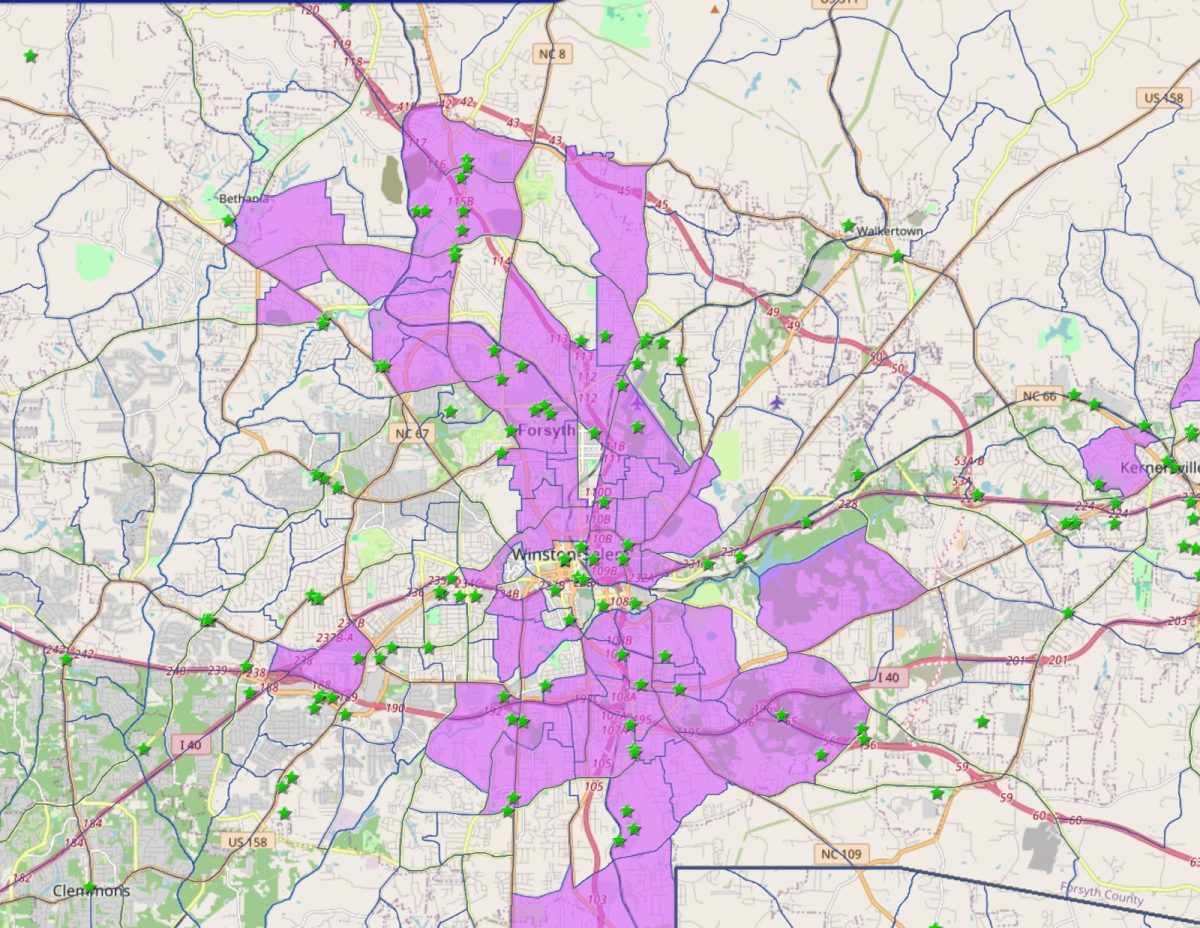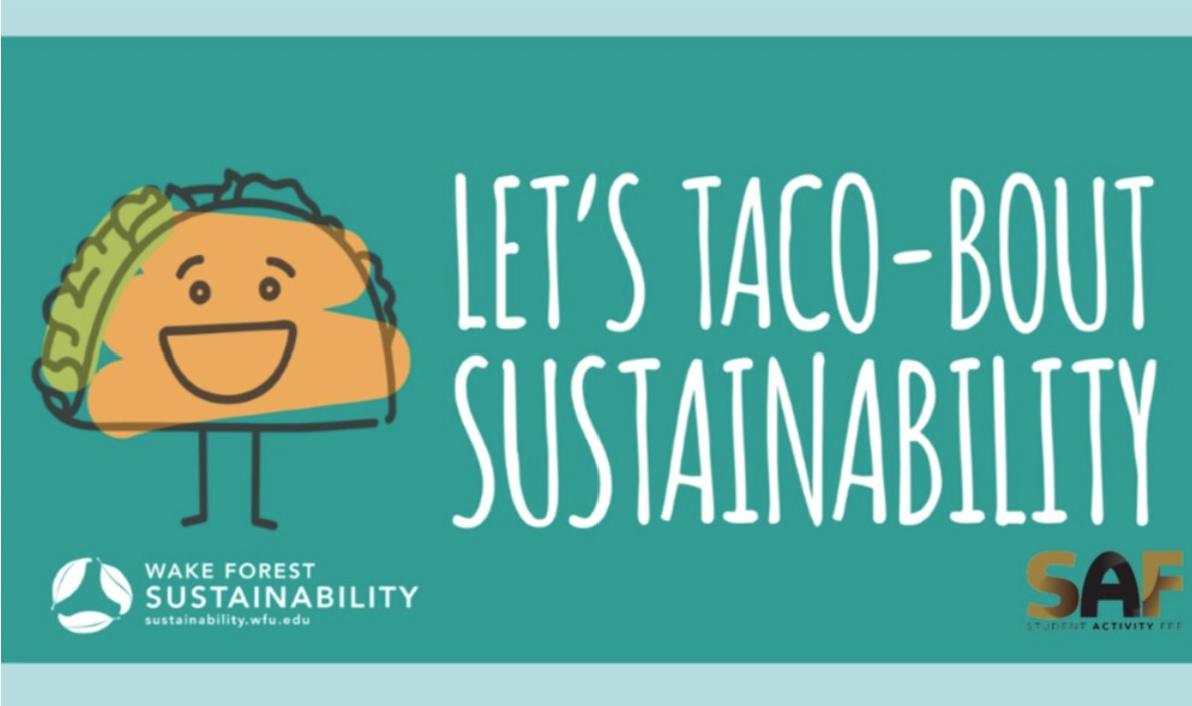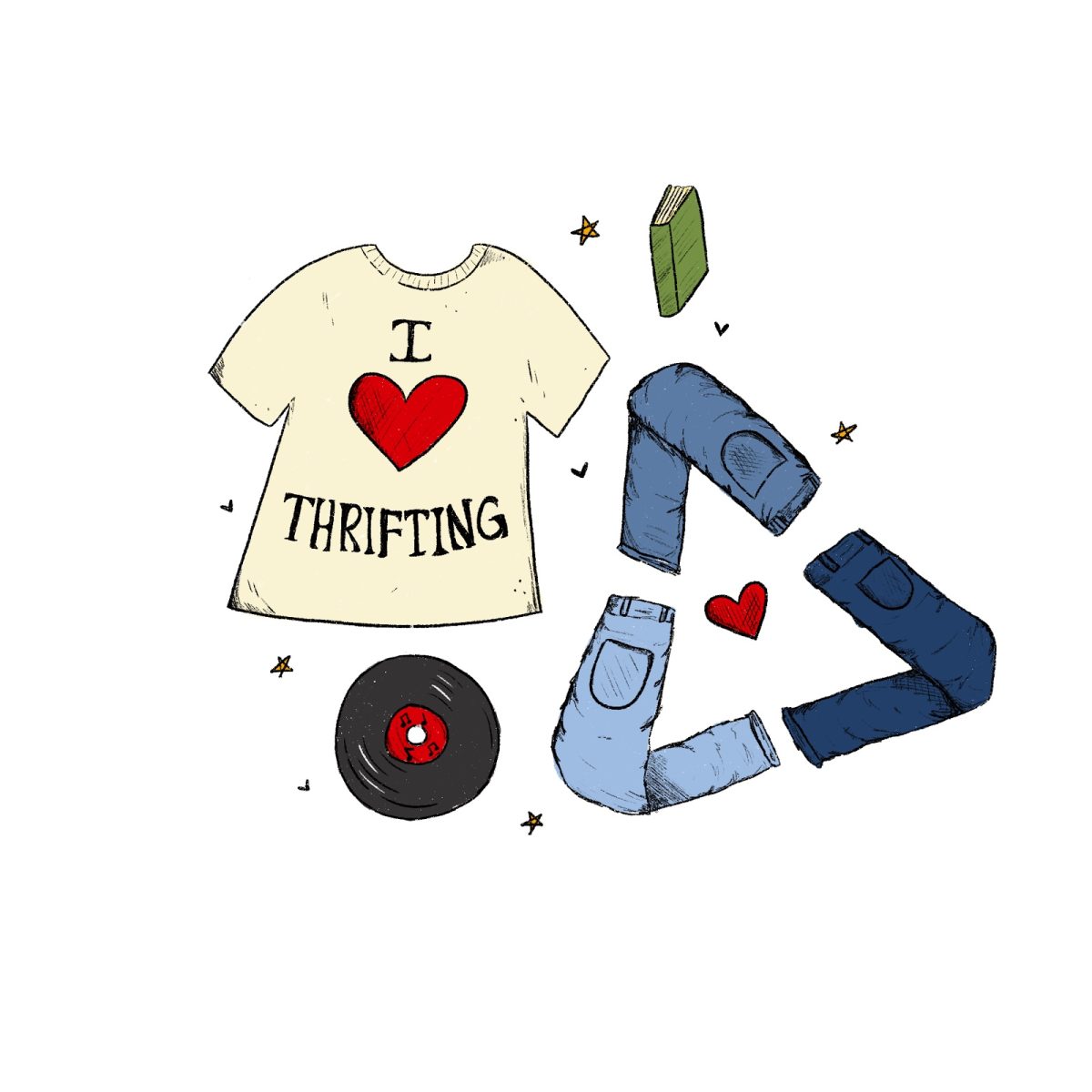Even amidst the climate crisis, consumerism is at an all-time high. Fast fashion companies have given rise to mass-produced, inhumanely produced, cheap clothing –– harming the environment and the laborers who make the clothes. However, new social pressure begins to hold fashion companies responsible for environmental degradation, while rewarding those who take the lead in sustainable business practices.
Making a business model sustainable may seem like it would only increase supply costs for companies, but recent data from studies such as the Business of Sustainability Index suggest otherwise: sustainability sells. 68% of consumers in the study said they are willing to spend more money on sustainable products, a number that has been steadily increasing each year.
Kendall Hermanson, a junior at Wake Forest and a member of the Wayward sustainable fashion club, said that purchasing sustainable clothing is a top priority for her.
“When [buying new clothes], I buy them from a sustainable company that I know is actively working to reduce their carbon footprint and waste impact on the planet (brands like Reformation, Patagonia, etc.),” Hermanson said. “It is very important to me that my clothes are sustainable because the fashion industry is responsible for a significant portion of human-caused greenhouse emissions and global wastewater.”
While consumer consciousness of sustainability is growing, she noticed that many people continue to purchase from unsustainable fashion companies. According to Hermanson, the social pressure for eco-conscious production in the fashion industry must continue to improve.
“[Wake Forest] students frequently buy clothes for social events…and I have found most of these clothes are from horribly wasteful companies like Zara, Shein or Amazon,” Hermanson said. “In general, I believe that we need to put more accountability on companies to produce sustainable clothing, so that consumers will buy sustainable products without having to think about it.”
While the rise of sustainable business behaviors in response to social pressure is celebrated, a shadow looms over this progress for environmentalism — cast by a phenomenon known as greenwashing.
Greenwashing refers to a marketing strategy that uses false or misleading claims to convince consumers that the company is more sustainable or environmentally friendly than it is. With greenwashing, companies attempt to reap the benefits of sustainable marketing without spending money or effort on valid eco-friendly production.
As greenwashing seeps into the marketing strategies of several companies, fashion has become the main perpetrator of this prevalent issue.
To cut down on greenwashing in marketing, the Competition and Markets Authority (CMA) developed a Green Claims Code in 2021 that outlines requirements for sustainable claims. However, a study conducted by the Changing Markets Foundation revealed that almost 60% of fashion sustainability claims breached the CMA guidelines.
One major brand repeatedly put under scrutiny for greenwashing is H&M. Although H&M notably contributes to fast fashion with its rapid production of short-lived clothing, the company has made numerous attempts to market its clothes as sustainable. A class-action lawsuit was filed against H&M in 2022, alleging various instances of greenwashing in H&M’s sustainability campaign called the “Conscious Collection” line.
First released in 2010, the collection touts products made with “at least 50% of more sustainable materials,” such as organic cotton and recycled polyester. However, the investigation by Changing Markets found that clothing in the Conscious Collection contained a higher percentage of synthetic fibers than its main collection. While most of these synthetic fibers have been recycled, they have little positive effect on the environment, as their short-lived use ends with the product in a landfill or incinerator.
A shocking 96% of H&M’s sustainability claims violated the CMA guidelines. The vague wording often used, such as “sustainable materials” aids in the proverbial wool H&M attempts to pull over the eyes of consumers –– there is no third-party verification of any use of organic or recycled materials.
Countless companies like H&M utilize these forms of greenwashing to increase sales. The widespread nature of this phenomenon poses a great risk for the future of environmentalism while breaking a necessary trust between consumers and businesses. Luckily, there are several ways consumers can avoid getting swindled by blanket statements of sustainability.
Dr. Angela King is an associate teaching professor at Wake Forest. King instructs a sustainable fashion course called Little Green Dress.
“There are many different layers [to consider],” King said. “The first, most basic layer is the production of the materials that are used to produce the clothing. Does that production use a ton of water or fossil fuels?”
As King suggested, sustainable fashion efforts at the fiber production level focus on reducing water use, fossil fuels, carbon emissions and energy consumption. Beyond this, companies must consider the use and runoff of chemicals in the process, since fertilizers, pesticides and toxic dyes are often administered for plant-based materials.
“The chemicals [in fertilizers and pesticides] don’t just disappear. If they are sprayed on a field, where do they end up? Where does the runoff go?” King asked.
However, sustainable fashion extends beyond the production of materials and fibers. King discussed the importance of considering the global transportation process that the textile industry encompasses and its carbon footprint, as well as the energy and emissions associated with several steps in fashion production.
“While it’s very sustainable to grow [hemp or bamboo], the processes used to convert it into textiles are not sustainable,” King said. “So it can be marketed as, ‘This is great for the environment; it uses so much less water’ — and that may be true — but you have to look at the whole picture.”
Even if a company markets certain elements of a product as more sustainable, this strategy can deceptively conceal other unsustainable elements of the production process that negate its eco-friendly claims.
Based in Winston-Salem, the HanesBrands clothing company provides a good example of what proper claims of sustainable action look like. For 14 years in a row, HanesBrands has been awarded the EPA’s Energy Star Partner of the Year for effective energy management. It was also one of two fashion companies awarded an A- by the Carbon Disclosure Project for its action and transparency of carbon emissions and water usage — the highest grade given to a company.
HanesBrand has provided detailed sustainability claims supported by third parties and transparent disclosure reports. The company has a website dedicated to the transparency of its environmental impact and sustainability efforts, linking information and data disclosures of waste, energy usage, greenhouse gas emissions and water consumption.
After understanding the principles of sustainable fashion production, consumers should learn to tell the difference between vague sustainability-related terms with little to no evidence provided and transparent disclosures of environmental impact or sustainability accomplishments.
Greenwashing in the fashion industry highlights the importance of genuine sustainability efforts and trust between businesses and consumers. By supporting transparent and eco-conscious brands, we can drive positive change and work towards a more sustainable fashion future.
Addison Schmidt contributed reporting to this article.




















